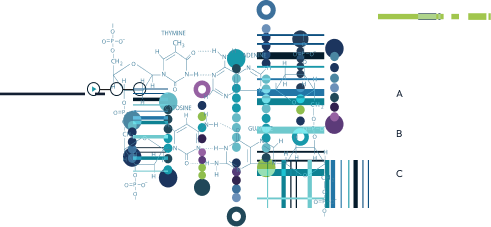News Center

Spotlight on Huntington’s disease
- By Variantyx, Inc
- Posted in Clinical Education
Huntington’s disease is a late-onset, neurodegenerative disorder. Symptoms typically first appear in the 30’s or 40’s, progressively worsening over a period of 10-25 years. As the disease progresses, individuals develop a range of physical, cognitive and behavioral symptoms. These may include:
- Movement symptoms: unsteady gait and/or balance, involuntary movements, muscle rigidity or contracture, slow eye movements, difficulty speaking or swallowing
- Cognitive symptoms: difficulty learning new information, difficulty recalling words from memory, difficult organizing or focusing on tasks, tendency to repeat actions or behaviors, decreased impulse control and/or awareness of one’s behavior
- Behavioral symptoms: insomnia, loss of energy, fatigue, withdrawal from social situations, feelings of sadness or apathy, irritability
Juvenile onset Huntington’s disease is a form of Huntington’s disease that affects children and teenagers. Disease progression is typically faster, occurring over a period of 10 years or less.
Huntington’s disease is caused by expansion of the CAG repeat in the Huntington (HTT) gene. Individuals with an allele length of <27 CAG repeats will not develop the disease, and are not at risk of passing an expanded allele to their children. Individuals with an allele length of >39 repeats will develop the disease and have a 50% chance of passing the disease on to each of their children. Individuals with an allele length between 27-35 are unlikely to develop the disease, but men with alleles in this range are at risk of producing sperm with a pathologic expansion that can then be passed to their children. Individuals with an allele length between 36-39 are likely to develop the disease, and have a 50% chance of passing the disease on to each of their children, but there have been some cases of reduced penetrance noted in this range
WGS testing
With its ability to detect small sequence changes, large and small CNVs, mitochondrial variants and repeat expansions in more than 20 genes, including HTT, the Genomic Unity® test can differentiate between Huntingston’s disease and other neurodegenerative disorders with similar symptoms. However, we understand that the decision of whether to undertake HTT expansion allele testing is a difficult one given that Huntington’s disease is a fatal, autosomal dominant disorder for which no cure or treatment exists. For this reason, HTT expansion allele analysis is only be performed when specific consent has been obtained from both the physician and the patient.
